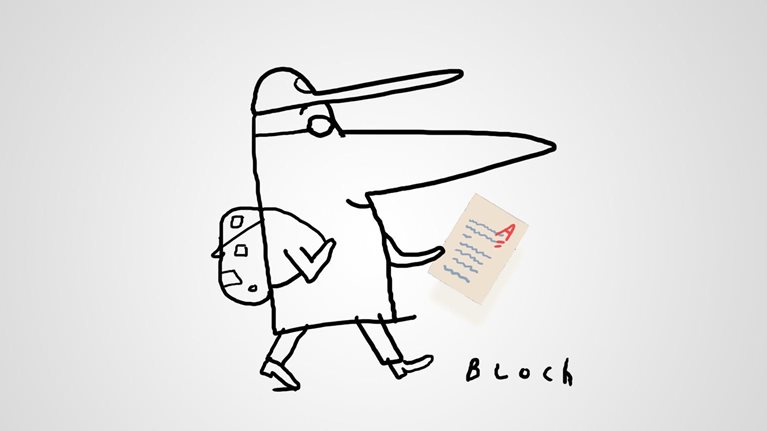Helping teachers to lift student achievement more effectively has become a major theme in US education. Most efforts that are now in their early stages or being planned focus either on building the skills of teachers already in the classroom or on retaining the best and dismissing the least effective performers. The question of who should actually teach and how the nation’s schools might attract more young people from the top tier of college graduates, as part of a systematic effort to improve teaching in the United States, has received comparatively little attention.
McKinsey’s experience with school systems in more than 50 countries suggests that this is an important gap in the US debate. In a new report, Closing the talent gap: Attracting and retaining top-third graduates to careers in teaching, we review the experiences of the world’s top-performing systems, in Finland, Singapore, and South Korea. These countries recruit 100 percent of their teacher corps from the top third of the academic cohort. Along with strong training and good working conditions, this extraordinary selectivity is part of an integrated system that promotes the prestige of teaching—and has achieved extraordinary results. In the United States, by contrast, only 23 percent of new teachers come from the top third, and just 14 percent of new teachers who come from the top third work in high-poverty schools, where attracting and retaining talented people is particularly difficult. The report asks what it would take to emulate nations that systematically recruit top students to teaching if the United States decided that it was worthwhile to do so.
McKinsey’s survey of nearly 1,500 top-third US college students and current teachers, highlighted in the report, shows that a major effort would be needed to attract and retain the best students to teaching (exhibit). The stakes are high: recent McKinsey research found that a persistent achievement gap between US students and those in top-performing nations imposes the economic equivalent of a permanent national recession.
When the best US students compare teaching with their preferred occupations, it falls short across the board.

Research on whether the academic background of teachers is a useful predictor of classroom effectiveness has had mixed results, and no single reform can be depicted as a silver bullet. But the success of the best-performing national systems suggests that an effort to attract the country’s top students to teaching deserves serious examination as part of a comprehensive human-capital strategy for the US education system.
